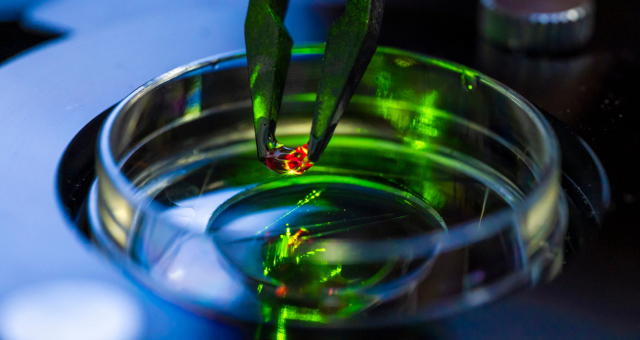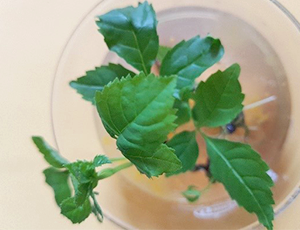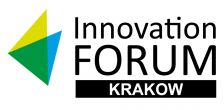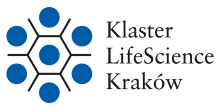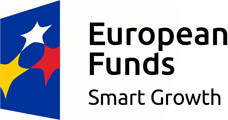
The subject of the offer are fluorescent marking dyes derived from dyes from the Safirinium family.
Application: tracking selected biological processes and biomolecules in vitro or in vivo using the phenomenon of fluorescence.
Application: biological research, medical research, biotechnology
Fluorescent dyes are widely used in research in the life science sector, e.g. to track biochemical processes in cells and tissues, microscopic imaging, as well as labeling biomolecules and drugs. Their significant prevalence results from the ease and sensitivity of fluorescence measurements.
In addition to fluorescence itself, for the use of dyes, functional groups are relevant. They allow quick, effective and selective combination of the dye with the target biomolecule or drug. Such properties have substances included in the described invention - organic azides and terminal alkynes. They do not occur in basic biological processes, and the copper ion-catalyzed reaction of their cycloaddition is considered a "bioorthogonal" reaction, i.e. one that does not interfere with biological processes and is not hindered by them. At the same time, this reaction can be carried out freely in conditions similar to those found in living organisms - in an aqueous environment, towards ions and other molecules. These properties are extremely valuable because, thanks to properly designed labeling, they allow selective tracking of selected biological processes or biomolecules in vitro or in vivo.
Currently, the CITTRU Technology Transfer Center is looking for entities interested in cooperation in the commercial use of the described fluorescent dyes.
The presented fluorescent dyes that are the subject of the offer are derivatives of dyes from the Safirinium family with introduced structural fragments that may undergo copper-catalyzed cycloaddition of azides and alkynes. Their properties allow for:
- selectively combining fluorescent dye with a target molecule, which allows to study complex multi-component systems, e.g. cells, organelles;
- making fast and efficient connections between the dye and the target molecule;
- using the click chemistry concept for fluorescence imaging using microscopic techniques;
- developing methodology for studying biological processes, biomolecules and drugs using fluorimetric measurements;
- labeling substances "natively" containing azide and alkyne fragments, or substances modified by the incorporation of azide or alkyne.
Market use: fluorescent staining
information / broker of Jagiellonian University


